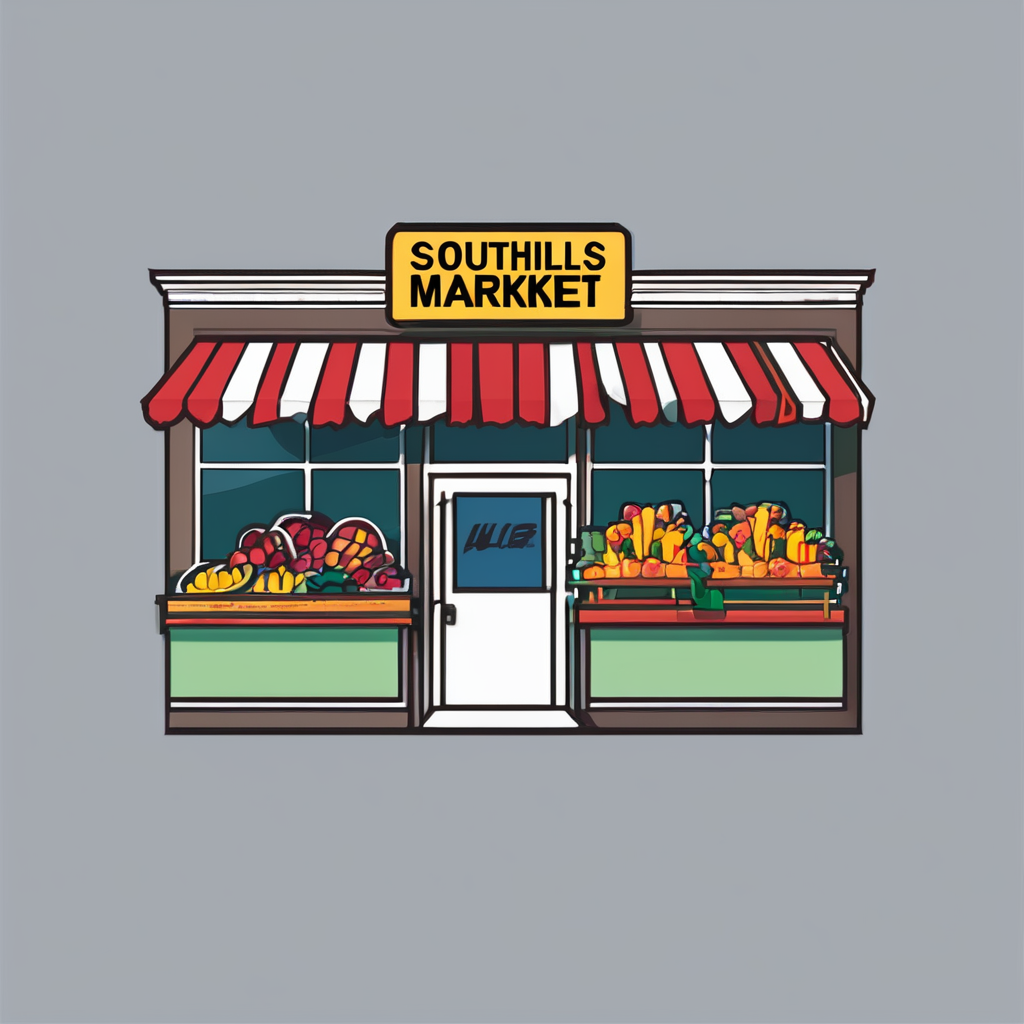Understanding Butcher Block Types
Selecting the right butcher block type is essential for maintaining optimal knife maintenance. Butcher block materials vary, with common options being wood, bamboo, and plastic. Each possesses distinct properties impacting knife sharpness and longevity.
Common Butcher Block Materials
- Wood butcher blocks, crafted primarily from hardwood such as maple or walnut, are ideal for rigorous kitchen use. They offer a forgiving surface that maintains blade edge.
- Bamboo, known for being eco-friendly and durable, offers a harder surface, necessitating more frequent knife sharpening.
- Plastic boards are practical and cost-effective, easy on knives, yet lack durability.
End Grain vs. Edge Grain
Understanding the difference between end grain and edge grain blocks is crucial. End grain displays exceptional knife care benefits due to its self-healing surface, ensuring minimized blade wear. This type of board absorbs impact, preserving sharpness. Conversely, edge grain boards are more affordable and maintenance-friendly but can show knife marks over time.
Also to see : Creative Techniques to Elegantly Conceal Your Kitchen Appliances
Impact on Knife Longevity
The type of butcher block considerably affects a knife’s sharpness. Wood and end grain blocks are superior for preserving edge retention compared to bamboo and plastic. By appreciating these differences, users can make informed choices for enhanced kitchen efficiency and better knife longevity.
Maintenance Tips for Butcher Blocks
To ensure the longevity and effectiveness of your butcher block, proper maintenance is crucial. Regular care enhances its lifespan and optimizes your kitchen’s efficiency.
In parallel : The Best Digital Scales for Precision in Ingredient Measurement: Your Key to a Winning Slimming Diet
Cleaning Techniques
Cleaning your butcher block with mild soap and warm water after each use is essential. Avoid soaking it in water, as this damages the wood. After cleaning, promptly dry the surface with a towel to prevent moisture absorption.
Importance of Oiling
Oiling your butcher block periodically keeps the wood from drying out and cracking. Use food-safe mineral oil, applying a generous amount and allowing it to absorb overnight. This process maintains the block’s durability and optimal knife sharpness.
Signs of Wear
Be vigilant for indicators that your butcher block requires repairs or replacement. Cracks, deep cuts, or persistent odours signal it’s time for attention. Address these issues to maintain functionality.
Seasonal Care
Consider adjusting maintenance techniques with seasonal changes. Higher humidity in summer may necessitate increased oiling, while dry winter air demands caution to prevent wood splitting. Prioritizing regular care tips ensures efficient kitchen performance and prolongs the life of your butcher block.
Butcher Blocks vs Other Cutting Surfaces
Butcher blocks offer distinct advantages over other cutting surfaces like glass, stone, or synthetic boards, particularly when it comes to knife maintenance and kitchen efficiency. The softer, resilient surfaces of wood butcher blocks are gentler on knives, helping to preserve edge sharpness over time. In contrast, glass and stone cutting boards, while visually appealing, can dull blades quickly due to their hard surfaces. Synthetic boards, although economical and easy to clean, may not provide the same level of knife care.
When comparing butcher blocks to other surfaces, their ability to absorb impact makes them favourable for maintaining knife sharpness. This reduces the need for constant sharpening and increases the knife’s lifespan. However, it’s worth noting that certain tasks may still benefit from alternative surfaces. For example, glass boards can be useful for dough preparation, where cutting is minimal.
Overall, butcher blocks are superior for routine kitchen tasks requiring extensive cutting and chopping. Choosing the right surface type depends on the specific needs of the user, balancing the desire for long-lasting knife maintenance with the practicality of the task at hand.
Expert Recommendations and Product Reviews
Choosing the best butcher block for your kitchen hinges on understanding key features and expert insights. Butcher block recommendations often focus on materials like hardwoods such as maple or walnut, celebrated for their longevity and knife-friendly surfaces. When considering a butcher block, look for features such as end grain construction, known for minimizing blade wear through its self-healing surface.
Product reviews highlight influential brands in the market. For instance, Boos Blocks are popular among professional chefs for durability and robustness. Home cooks might prefer more cost-effective solutions, like John Boos’ smaller models, which offer excellent knife maintenance features.
Reviewers frequently mention the importance of knife maintenance as a deciding factor in choosing a butcher block. Look for models offering ease of care with ample surface space, ensuring hassle-free usage.
Experts also suggest considering additional features like non-slip bases or juice grooves, which improve functionality and safety. Evaluating user reviews alongside expert opinions provides a comprehensive understanding of the options available, aiding consumers in making informed decisions tailored to both their culinary needs and the long-term care of their knives.
Choosing the Right Material for Knife Care
Selecting the perfect butcher block material is essential for effective kitchen efficiency and enhancing knife sharpness. Hardwood butcher blocks such as maple and walnut are renowned for their durability and effectiveness in preserving knife edges. They provide a forgiving surface, which is crucial for maintaining sharp edges over time. Softwood options exist, but they tend to wear faster, making them less ideal for frequent kitchen use.
Understanding how different materials influence knife maintenance is vital. The denser surface of hardwood blocks minimizes the dulling impact, ensuring longer blade life. Softer woods do not provide the same level of protection, which might increase the frequency of edge re-sharpening.
For home cooks, focusing on cost-effective hardwood options can meet daily cooking needs while preserving knife quality. Professional chefs often prefer premium hardwood choices, which offer greater resilience and longevity.
Ultimately, selecting the appropriate butcher block material aligns with your cooking habits and knife maintenance priorities. Balancing this with budget considerations can lead to informed decisions, promoting both culinary success and the longevity of your kitchen tools.
